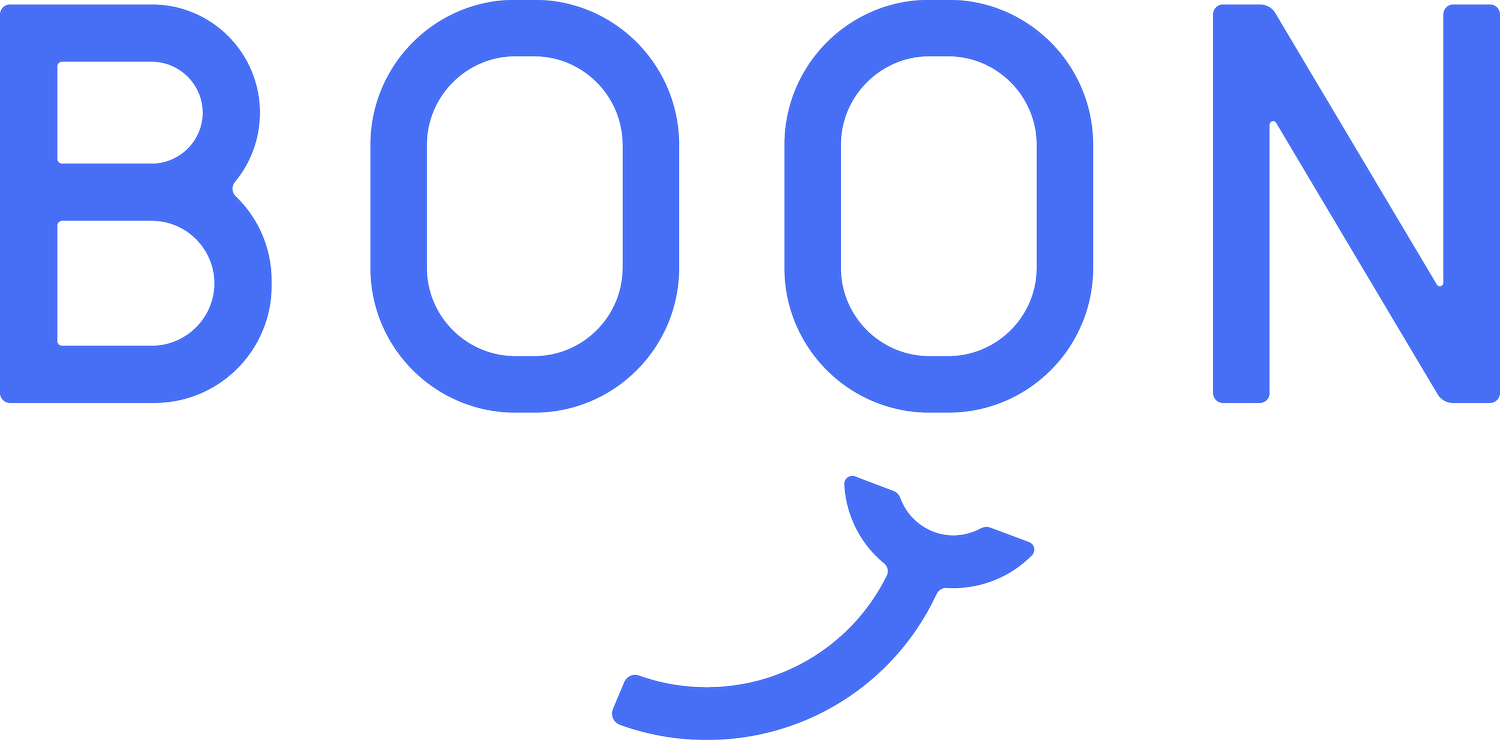Embrace Failure for Employee Wellbeing and Higher Performance
Nikki Kett
Nobody wants to be labeled a failure. All our lives we have learned to avoid getting Fs. Getting an F in school meant something was wrong with you, and you were labeled as a “failure.”
The most successful people get As. Failures get Fs.
In 2021, you can’t become successful without opening yourself up to, and embracing failures. In order to adapt to today’s fast paced world, companies have to find ways to innovate. This means multiple iterations of trying, failing, and reworking things until we find success.
This is a paradox to what we believe: Contrary to what we were taught in school, the key to huge growth is opening yourself up to the discomfort of failure, feeling it, evaluating what went wrong, and trying again. When we avoid failure at all costs, we tend to stay small, and we don’t tap into our full potential.
Stanford researcher Carol Dweck has done a lot of research on growth vs. fixed mindset –if you believe that your talents are fixed, then you will try to avoid failure because it means something about you and your limitations. Find out if you have a growth mindset and how it could be impacting your organization.
Additionally, environments that send the messaging that failure is frowned upon create fear and anxiety and can impact performance. Leaders of teams who learn to embrace failure and encourage their teams to take risks can create psychological safety. Psychological safety is defined as trust within the team that it is safe to be yourself and it is safe for interpersonal risk taking without negative consequences to self-image. Teams that are led by leadership that embrace and encourage risk taking tend to be higher performing.
Another paradox – we don’t want to be perfect. Environments that avoid failure can cause individuals to take on a perfectionist mindset and a whole lot of pressure – impacting the quality of their work and their happiness. Fear of failure can cause procrastination, indecision, overthinking, anxiety, and burnout in employees.
The bad news is that our brains are wired to fear failure – no matter who you are this is a part of being human. One of our brain’s main jobs is to keep us from feeling the pain of being rejected from our peers –which is why we don’t like to fail.
The good news is that we can be proactive and train our brains to embrace failure and as a result, build our confidence and grow at a faster rate.
Here’s a few questions you can ask to start shifting your perspective on failure:
What are you making failure mean about yourself? How can you reframe this?
What is the worst possible outcome – can you live with that?
What could be gained by taking a risk?
What am I fearing about other people’s reactions if I make a mistake?
What were some moments that I failed, and it ended up working out better than I expected?
What can I learn from failure? Remember, Fail can also mean- For All I Learned.
To start embracing the fear of failure we have to open ourselves up to the discomfort of potentially failing and be willing to feel those emotions. We cannot avoid fear or push it away, we have to learn to drive with it in the car. The key is to not let it be the driver.
With great risk comes great reward.
Coaching can help individuals learn to embrace failure and their discomfort through managing their thoughts and emotions and shifting from fear to a more positive emotion. It can help manage your mindset around failure and encourage more risk taking. It’s helpful for every aspect of life, whether that’s professional development or personal growth.
Next time you notice anxiety or resistance to feeling like a failure (it is a feeling), get curious about your fear instead of making it mean something has gone wrong. When we avoid feeling negative emotions, we hide, preventing us from taking risks and negatively impacting our self-confidence and self-trust. When we teach ourselves to take risks and trust we can handle uncomfortable emotions, we build our confidence.
Ready to help your employees embrace failure, take more risks, and grow faster?
